The Center of the “Western Capital”, an International City Connected to the World City of Dazaifu
Dazaifu, built in the land of Tsukushi, which is near East Asia and has had international exchange since antiquity, was modeled after Tang Capital and Chang’an, developed as the political center of Kyushu and as a hub of diplomacy in Japan. To receive foreign envoys, people of high status were stationed as officials, and various forms of culture were created through the diverse exchange that unfolded.
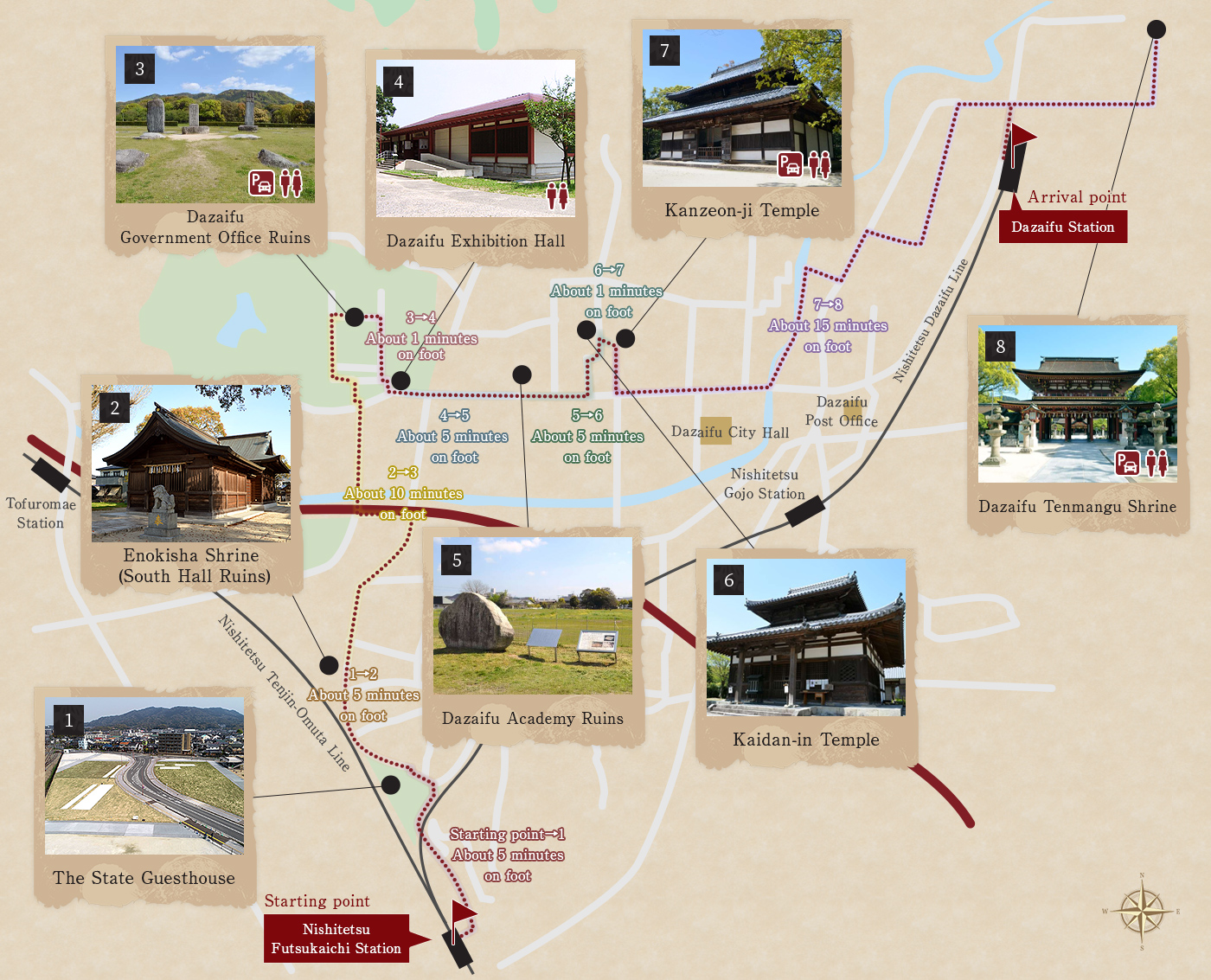
From JR Nishitetsu Fukuoka (Tenjin) Station
・16 minutes to Nishitetsu Tenjin-Omuta Line on the Nishitetsu Futsukaichi Station
 Parking
Parking
 Restrooms
Restrooms
Depart from Nishitetsu Futsukaichi Station
About 5 minutes on foot
Where Visitors From Overseas Were Entertained The State Guesthouse
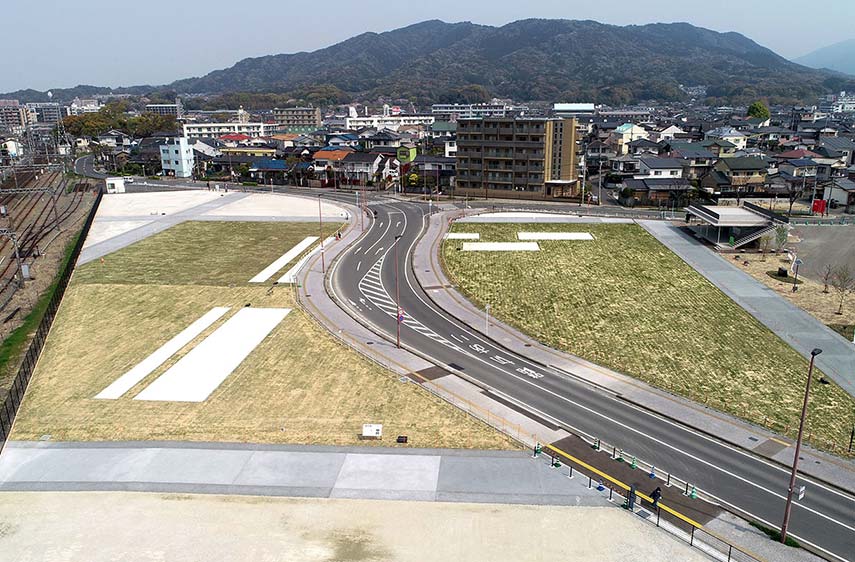
Diplomacy was originally carried out by the imperial court welcoming foreign envoys in the capital, but diplomacy and trade were also conducted in Dazaifu. The State Guesthouse was a facility where foreign envoys would stay. The excavation uncovered the ruins of an enormous building and high-class tableware typical of the Tang, Silla, and Japan, suggesting the origins of Japanese hospitality.

About 5 minutes on foot
The Ruins of the Official Residence Where Sugawara no Michizane Once Lived Enokisha Shrine (South Hall Ruins)
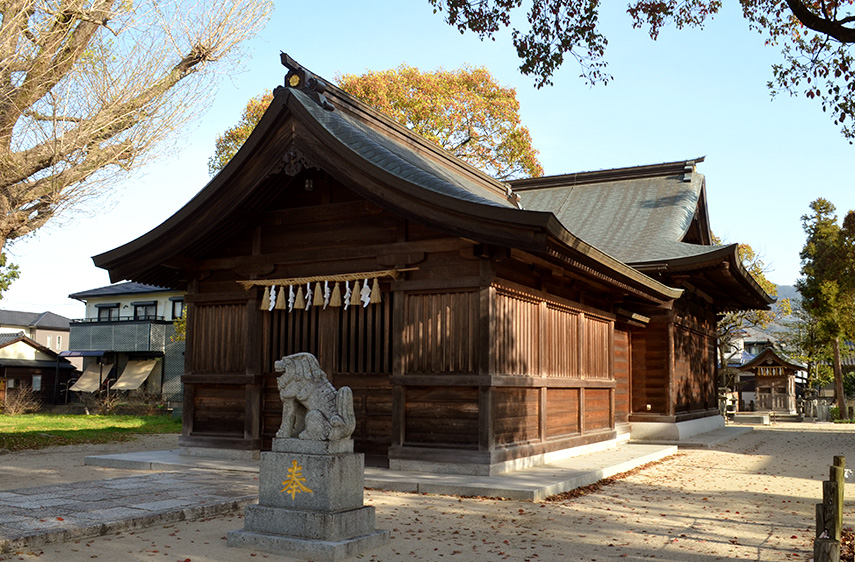
Sugawara no Michizane, who died after being demoted to Dazaifu, lived at the Southern Hall, the official residence for officials transferred from the capital. To mourn for Michizane’s spirit, Vice Minister Fujiwara no Korenori built Jomyo-in Temple, which later came to be called “Enoki-dera Temple” because of an enormous Japanese hackberry (enoki) tree growing on the precincts.

About 10 minutes on foot
The Center of Politics and Diplomacy Dazaifu Government Office Ruins
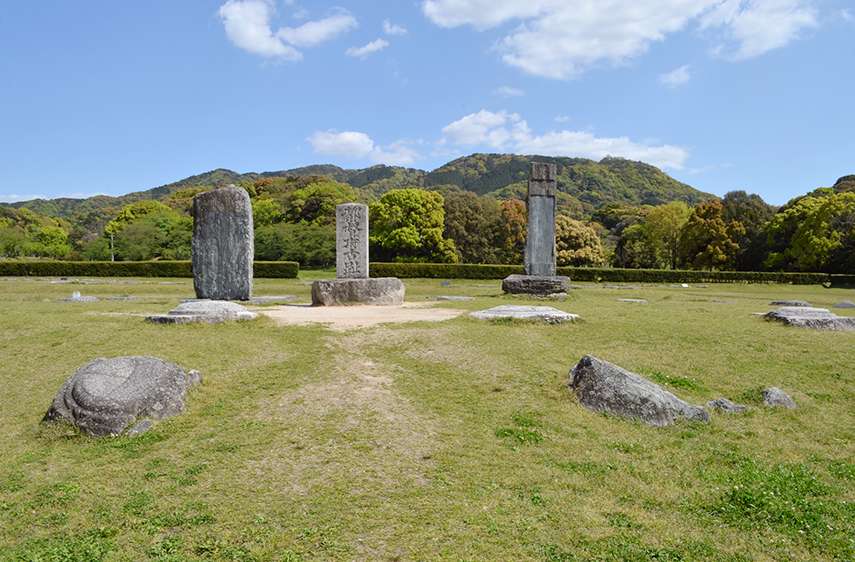
The ruins of the Dazaifu Government Office are also called “Tofuro Ruins”, and are the place where the largest regional government office of Dazaifu, which played a central role in Kyushu’s politics and diplomacy, existed from the latter half of the 7th century into the Nara and Heian periods. It is believed that, in addition to political affairs and ceremonies, diplomatic ceremonies to welcome foreign envoys were also conducted at this government office, built in the same format at Heijo Palace.



About 1 minutes on foot
Where You Can Experience History and Culture Dazaifu Exhibition Hall
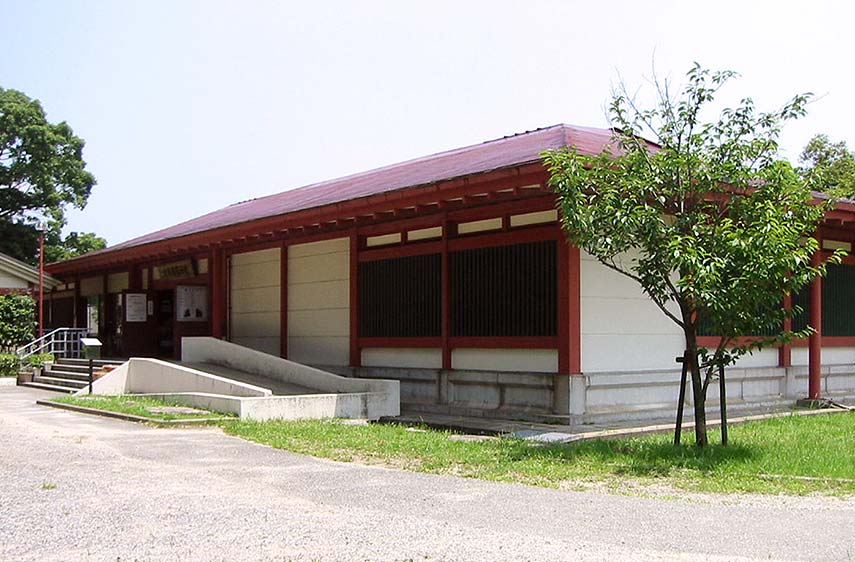
This facility preserves and publicizes relics found during archaeological excavations, as well as hosts presentations on Dazaifu’s history and displays excavated items. There are restored models of the Dazaifu Government Office, a diorama of “Baika no en” (The Plum Blossom Banquet) by a Hakata doll maker, and many other highlights, as well as a replete team of volunteers to explain the historical site.


About 5 minutes on foot
A Training School for Officials Dazaifu Academy Ruins
Dazaifu Academy was a training institute for government officials in Dazaifu. Called “fu-gakko” (“government school”), roughly 200 children of influential people from the six provinces of Kyushu (Chikuzen, Chikugo, Buzen, Bungo, Hizen, and Higo) came here to learn. It is said that there was once a facility where a portrait of Confucius brought back from China by an envoy to the Tang named Kibi no Makibi was enshrined here.
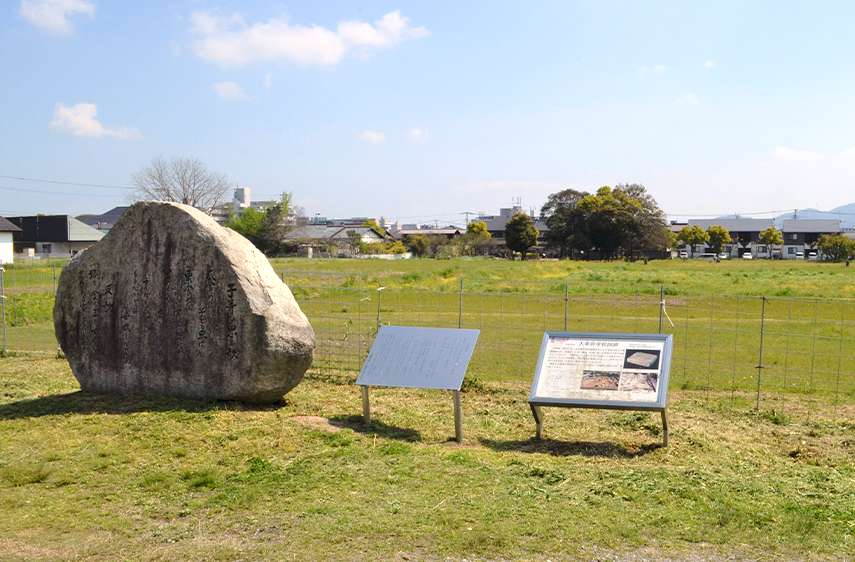

About 5 minutes on foot
Where Many Monks Were Produced Kaidan-in Temple
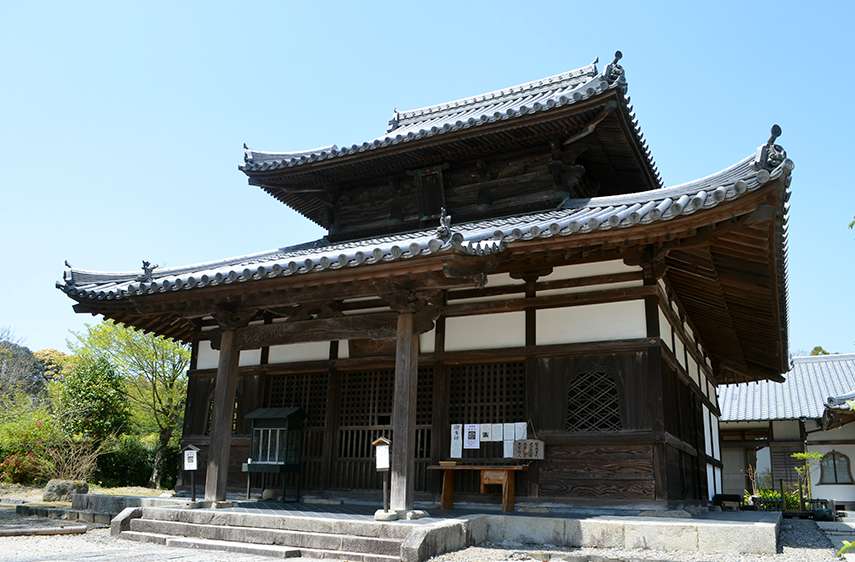
The moral code and group rules that monks must follow are called precepts, and the ceremony of granting these precepts is called handing down the precepts. The person who brought these precepts to Japan was Jianzhen, a Tang priest who came to Japan at Emperor Shomu’s invitation. On his way to the capital, Jianzhen performed the first handing down of the precepts in Japan at Kanzeon-ji Temple, and Kaidan-in was later established as the place for this ceremony in Kyushu.

About 1 minutes on foot
Which Tells of Exchange With the Continent to This Day Kanzeon-ji Temple
Kanzeon-ji Temple, built at the request of Emperor Tenji to memorialize Emperor Saimei, who died in Tsukushi, this large temple is the pinnacle of Buddhist temples in Kyushu. This temple, which also had a musical band that performed court song and dance originating from the continent, was a place of exchange, and its many valuable cultural assets, such as its statues and roof tiles, can still be seen today.
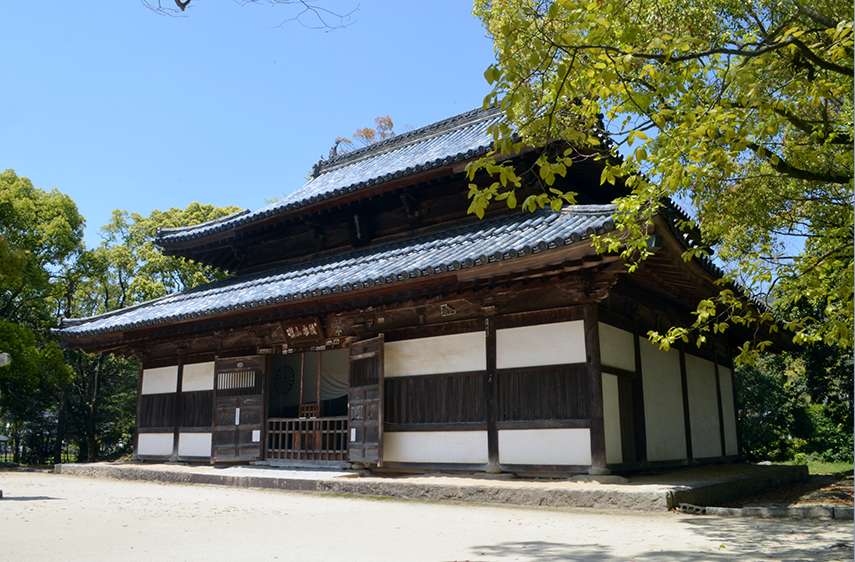



About 15 minutes on foot
Worshipping Sugawara no Michizane, the God of Learning Dazaifu Tenmangu Shrine
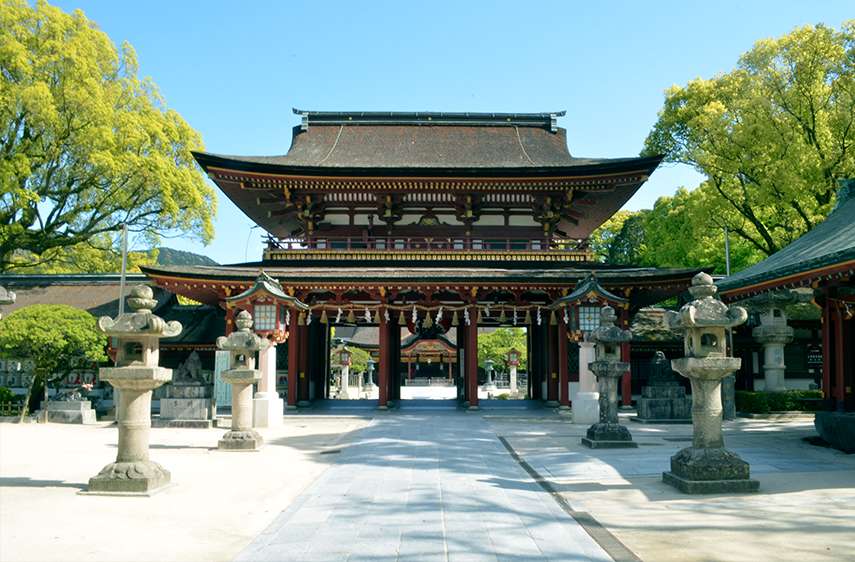
Dazaifu Tenmangu is a mausoleum enshrining Sugawara no Michizane and, together with Kitano Tenmangu in Kyoto, is the head shrine for Tenmangu Shrines across Japan. Because Michizane was an excellent man of literature and scholar, he has come to be worshiped as a god of literature and academics. During the Heian Period, events from the continent such as Kyokusui no en (the Winding Stream Banquet) were held here, and some of these events are still held to this day.



About 5 minutes on foot
Nishitetsu Dazaifu Station

